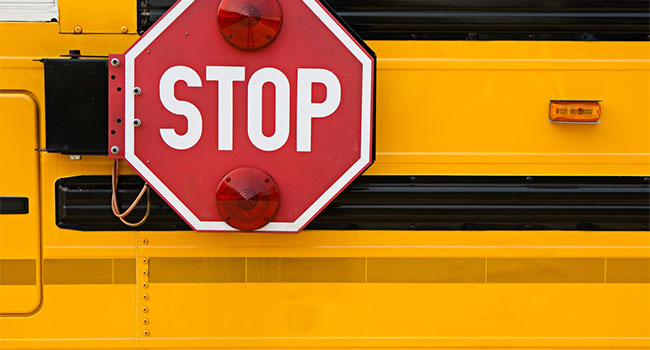
New Bus Safety Technology Installed on Carroll County Public Schools Bus Fleet
- By Yvonne Marquez
- October 16, 2020
Carroll County Public Schools in Maryland has outfitted its entire fleet of 311 school buses with new safety technology to help reduce cars from illegally passing buses when they are stopped, reports the Carroll County Times.
CCPS announced a new partnership with BusPatrol, a Virginia-based safety tech company, to equip buses with multiple interior and exterior cameras and a stop-arm video monitoring device. School buses will be connected to a wireless communications platform used by emergency response vehicles in order to track down motorists who violate the law by passing a stopped bus.
Once the bus cameras detect a violation, it is sent to BusPatrol for review. License plate information is collected and is sent to the Carroll County Sherriff’s Office, Sheriff Jim DeWees explained. Once officers confirm the violation, BusPatrol mail’s a citation to the vehicle’s registered owner. Citations are $250.
The new safety technology costs will be covered by fines collected by the stop-arm law.
The buses’ stop-arm cameras can monitor up to eight lanes of traffic and its exterior cameras record from the windshield, passenger loading zone and rear of the vehicle. GPS gives the accurate location of each bus. The device can hold up to 22 days of data and video recordings.
“We are really pleased to be able to help enhance student safety and provide that force-multiplier,” Steven Lockard, CCPS superintendent, told the Carroll County Times. “We don’t want any of our students to become a statistic here in Carroll County Public Schools.”